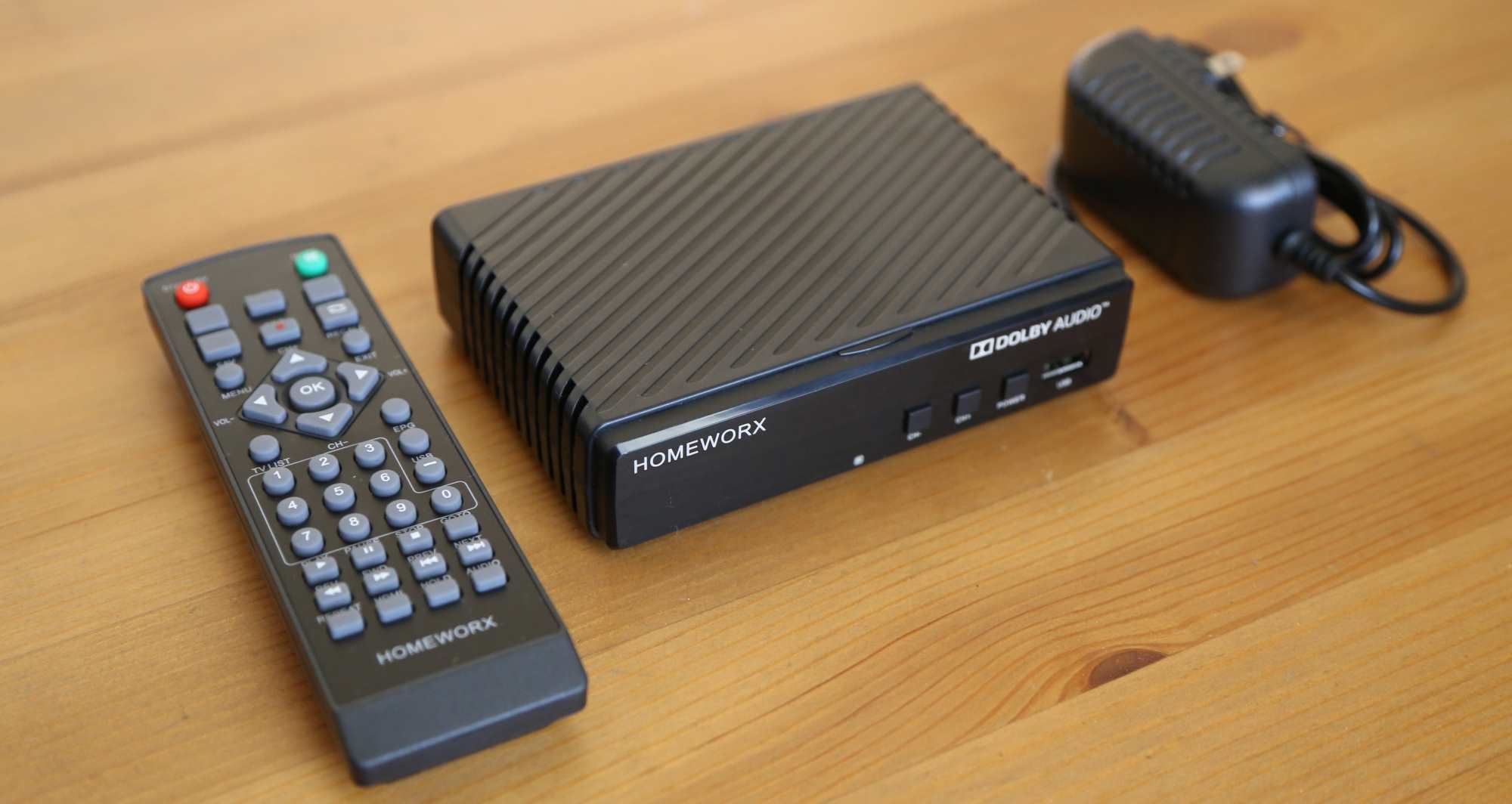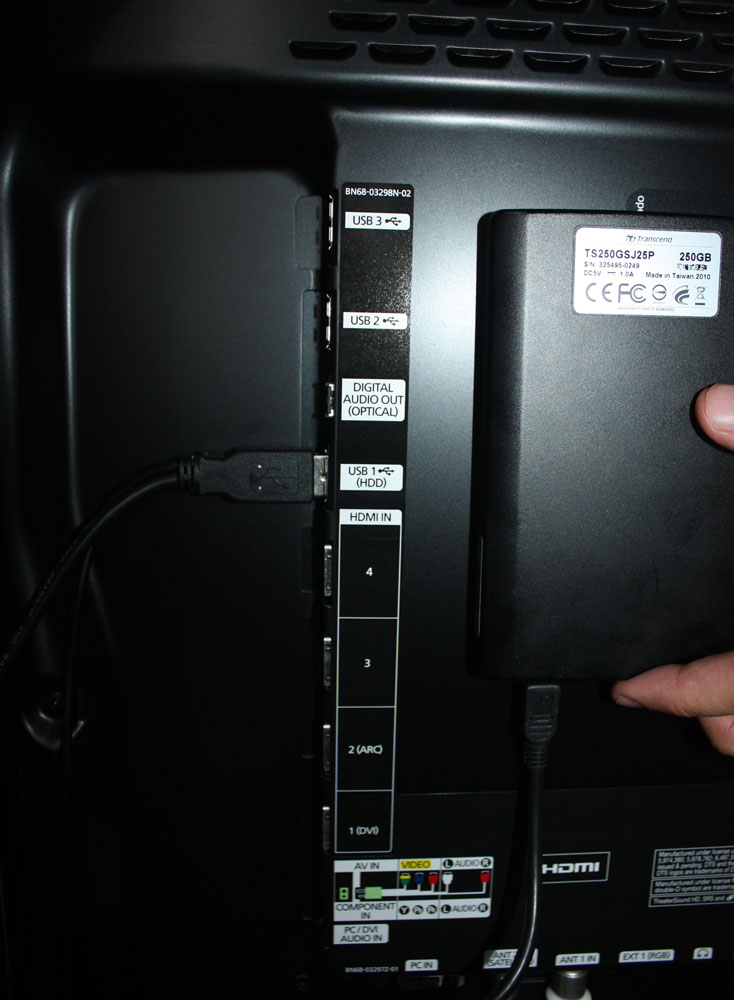

The UK has no encrypted DVB-T/T2 broadcasts, so decryption isn’t an issue here in the UK – but it will be for those in other European countries where often only the Public Service Broadcasters are Free-to-Air, with many commercial services pay-TV and encrypted.

A 6-foot coaxial cable makes for easy installation, while the 25-mile signal range ensures reception of a variety of TV channels. The WiFI on the Zero W may be a bit marginal for streaming DVB-T2 H264 1080i stuff to other backends. Enjoy a clear TV signal with this Dynex paper-thin HDTV antenna.
#Usb tv antenna for sony tv portable#
online-shop High Gain Digital Indoor Outdoor TV Antenna Portable USB TV Tuner.

UK Freeview SD (MPEG2) and Freeview HD (H264) broadcast on DVB-T and DVB-T2 work pretty effectively on all flavours of Raspberry Pi (from the Zero to the 3B+) in my experience using USB or networked tuners, and all flavours of Pi handle the MPEG2 and H264 576i and 1080i broadcasts in the UK fine (even with 2x deinterlace) The MPEG2 licence was needed at one point for all Pis, and may still be for the single core models. Standard coaxial cable - Ideal for use with all Digital TV ready devices. We can’t wait to see what you use it for! Head over to the TV HAT product page to find out where to get hold of yours. The Raspberry Pi TV HAT opens up some fantastic opportunities for people looking to embed a TV receiver into their networks. If in doubt, please contact your local licensing body. You can find a list of licences for Europe here. If you purchase a TV HAT, you must have the appropriate licence or approval to receive broadcast television. Compliance work is already underway to open other DVB-T2 regions. Initially, we will be offering the TV HAT in Europe only. The board comes with a set of mechanical spacers, a 40-way header, and an aerial adaptor.ĭigital Video Broadcast (DVB) is a widely adopted standard for transmitting broadcast television see countries that have adopted the DVB standard here. The TV HAT has three bolt holes we omitted the fourth so that the HAT can be placed on a large-size Pi without obstructing the display connector. A mechanical drawing of a Raspberry Pi TV HAT, exemplifying the spec of the new HAT form factor.


 0 kommentar(er)
0 kommentar(er)
